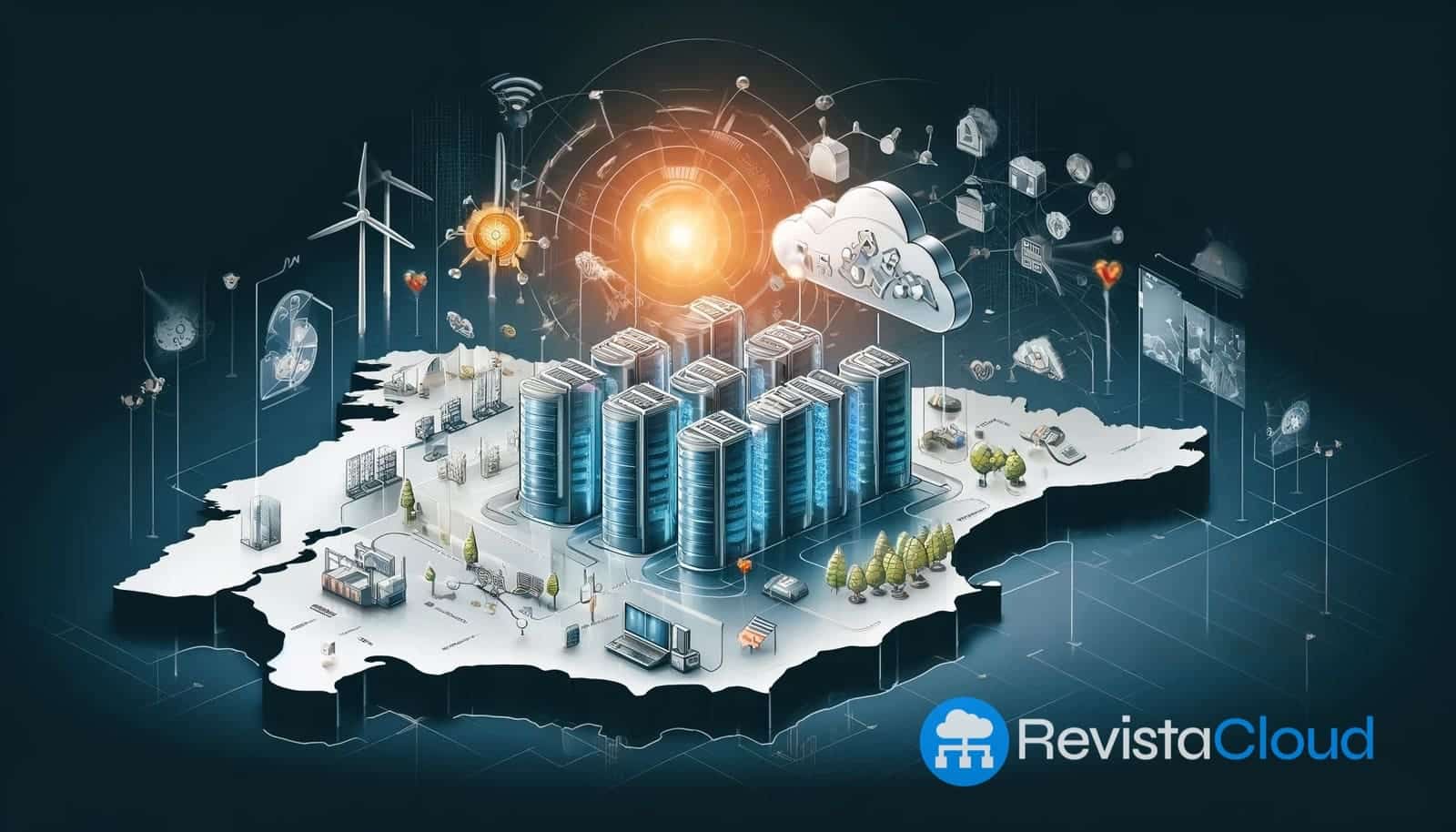Sure! Here’s the translation of the provided text into American English:
The rise of data centers, electric vehicles, and green hydrogen challenges the national energy model, in which nuclear energy currently seems sidelined for growth.
Spain is experiencing an authentic boom in data centers, driven by digital transformation, industrial decarbonization, and the rise of renewable energies, to the detriment of nuclear energy, which is being clearly embraced in other countries to boost data centers. However, this exponential growth has generated significant pressure on the country’s electrical system, which is facing a flood of connection requests to the grid. With over 65,000 megawatts (MW) pending, major utilities and grid operators are calling for urgent reform of the energy model— the first in forty years.
A tsunami of requests
Electric companies Iberdrola, Unión Fenosa, Endesa, Naturgy, EDP, and Redeia have accumulated requests exceeding 65,000 MW, a staggering figure compared to the 10,000 MW requested just four years ago solely for these data centers, which will soon demand much more with the arrival of artificial intelligence. This increase has been driven by competition among autonomous communities to attract technological investments, along with the rise of other sectors such as electric vehicles, green hydrogen, and industrial electrification.
Only the distribution network, managed by companies like Iberdrola and Endesa, accounts for over 10,000 MW in requests specifically for data centers. Meanwhile, Redeia, responsible for the high-voltage network, is facing an avalanche of 35,000 MW in projects that require urgent connection, according to data published in Expansión.
Tension among autonomous communities
The fight to attract data centers and other energy-intensive industries has sparked tensions between regions. Communities such as Galicia have implemented regulations to retain the local use of generated energy, requiring renewables to sell 50% of their electricity within the region. This measure, considered an “expropriation” by associations like the wind energy employers’ association (AEE), aims to ensure that the economic and social benefits of renewables remain within the community.
For its part, Madrid leads in the number of data center projects, with over 50 underway. However, it faces the problem of being the most deficient community in electricity generation, producing barely 1,000 gigawatt-hours while consuming over 27,000 gigawatt-hours annually. The region is striving to reorganize its bureaucracy to accelerate licensing through initiatives like the Office for the Promotion of Data Processing Centers, aiming to become the epicenter of data traffic in Europe.
In addition to international companies like Digital Realty (formerly InterXion), Equinix, and Data4, many new projects and domestic companies such as Grupo Aire are deploying their data centers in Madrid and other attractive regions.
In contrast, regions like Aragón stand out for their energy surplus thanks to their leadership in renewables. With nearly 80% of its electricity production coming from clean sources, Aragón is positioned as an attractive hub for megaprojects like the data centerA data center or data processing center (DPC)… Rhodes, which Blackstone will build in Calatorao with an investment of 7.5 billion euros, not to mention Amazon AWS’s significant commitment to the region, which Microsoft is also joining for Azure.
When asking David Carrero, an expert in cloud infrastructure, data centers, and co-founder of Stackscale (Grupo Aire), he emphasizes the importance of positioning Spain as a European reference point for the development of data centers, provided that we can take advantage of the benefits of clean energies and not forget that we should also reconsider nuclear energy, as other countries are already doing in light of the artificial intelligence revolution looming ahead.
A system on the brink of collapse
The Spanish electrical grid, designed in the 1980s, has reached a critical point. Currently, one-third of connection requests are rejected due to lack of capacity. This scenario, described as a “totum revolutum” by experts, has led companies to demand a comprehensive redesign of the system. This is necessary for the digital age, which dictates many of our future energy needs.
Among the demands, electric companies ask for increased investments to expand the grid and for regulatory flexibility to allow private operators to build high-voltage lines. Meanwhile, Redeia awaits a response from the government, which must balance the needs of autonomous communities with the interests of businesses and the sustainability of the system.
A historic opportunity at risk
The rise of data centers and renewable energies represents a unique opportunity for Spain to position itself as a technological and sustainable reference in Europe. Spain is an attractive hub for digital infrastructure that we need to capitalize on. However, this uncontrolled growth could become a threat if strategic investments in the electrical grid are not made.
The key, according to experts, lies in balancing electricity production and consumption among regions, streamlining bureaucratic procedures, and fostering public-private collaboration to ensure that energy infrastructure can support the industrial revolution of the 21st century. Without these measures, the future of the energy sector and the country’s competitiveness could be in jeopardy.
via: Expansión

